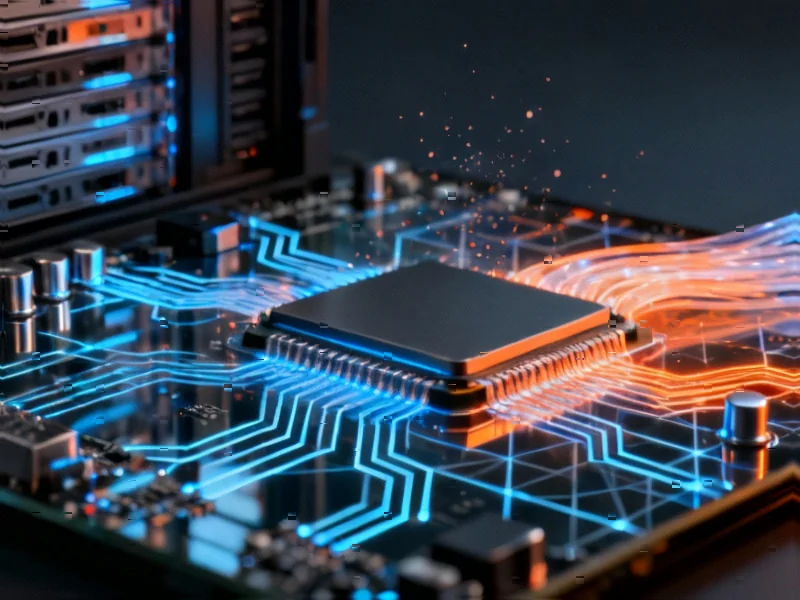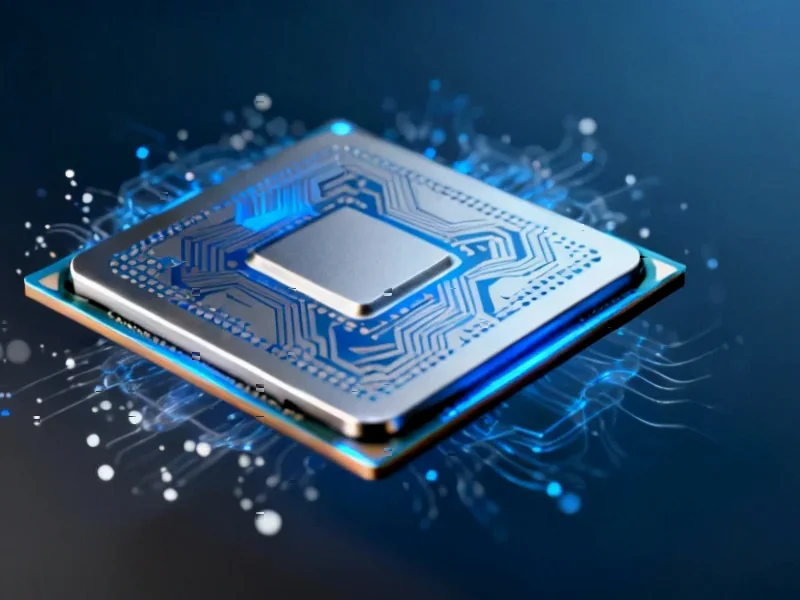The Biden administration is taking direct aim at one of the biggest bottlenecks facing America’s artificial intelligence boom: the painfully slow process of connecting massive datacenters to the nation’s overtaxed electrical grid.
Table of Contents
Energy Secretary Chris Wright has directed federal energy regulators to implement new rules that would dramatically accelerate grid connections for the megawatt-hungry computing facilities powering the AI revolution. According to a letter obtained by industry sources, Wright instructed the Federal Energy Regulatory Commission (FERC) to establish procedures that could slash connection review times to just 60 days.
Unprecedented Power Demand
This push comes as the United States experiences what energy analysts describe as an unprecedented surge in electricity demand, largely driven by the explosive growth of AI infrastructure. The Department of Energy announcement frames the situation in stark terms, noting that “the nation’s ability to remain at the forefront of technological innovation depends on an affordable, reliable, and secure supply of energy.”
Industry observers aren’t surprised by the urgency. “We’re seeing power requirements that would have been unthinkable just five years ago,” one energy sector analyst noted. “The AI gold rush has created a corresponding power grid crisis that could stall innovation if not addressed quickly.”
The numbers tell a dramatic story. A recent Deloitte Insights report estimated that American datacenter power consumption could grow more than 30-fold by 2035 if current trends continue. Meanwhile, connection delays have stretched to seven years in some regions, creating what one industry insider called a “critical mismatch between computing demand and energy infrastructure.”
Fast-Track for Flexible Loads
Secretary Wright’s proposal contains several key elements designed to untangle the grid connection logjam. The reforms would apply specifically to new loads exceeding 20 megawatts—precisely the scale required by modern AI computing facilities.
Notably, the plan would treat large load facilities similarly to generation projects, subjecting them to standardized study deposits, readiness requirements, and withdrawal penalties. Industry sources suggest this approach aims to weed out speculative projects while providing grid operators with a clearer picture of actual demand.
Perhaps the most innovative aspect involves creating a fast-track process for “curtailable” loads—facilities that agree to reduce consumption or temporarily shut down during grid stress events. According to the proposal documents, applicants willing to accept these conditions could see their connection requests expedited, with studies potentially completed within the 60-day window.
“It’s a smart compromise,” observed one energy policy expert. “Grid operators get flexibility during peak demand, while datacenter operators get the connections they need to stay competitive in the AI arms race.”
Broader Energy Strategy
The grid connection initiative appears to be part of a broader administration strategy to address energy infrastructure challenges. The DOE has already launched programs to accelerate advanced nuclear reactor development and identify federal sites where datacenters can co-locate with energy generation projects.
Meanwhile, in a move that could spark controversy, Secretary Wright also directed FERC to remove obstacles for preliminary hydroelectric power permits, specifically instructing the commission to disregard third-party objections to project locations. “Opposition from third parties is not a basis to deny an application for a preliminary permit,” the letter states unequivocally.
The timing of these initiatives is no coincidence. Last month’s White House dinner with Silicon Valley leaders reportedly featured extensive discussion about removing obstacles to datacenter development, with the administration making clear that America’s AI competitiveness depends on solving these infrastructure challenges.
As one technology executive who attended the dinner noted, “The message was clear: we’re in a global race for AI supremacy, and reliable power isn’t just an energy issue—it’s a national competitiveness issue.”
With the FERC now tasked with turning these proposals into formal regulations, the coming months will reveal whether America’s aging power transmission system can be adapted quickly enough to fuel the next phase of the digital revolution.




0bv9j6